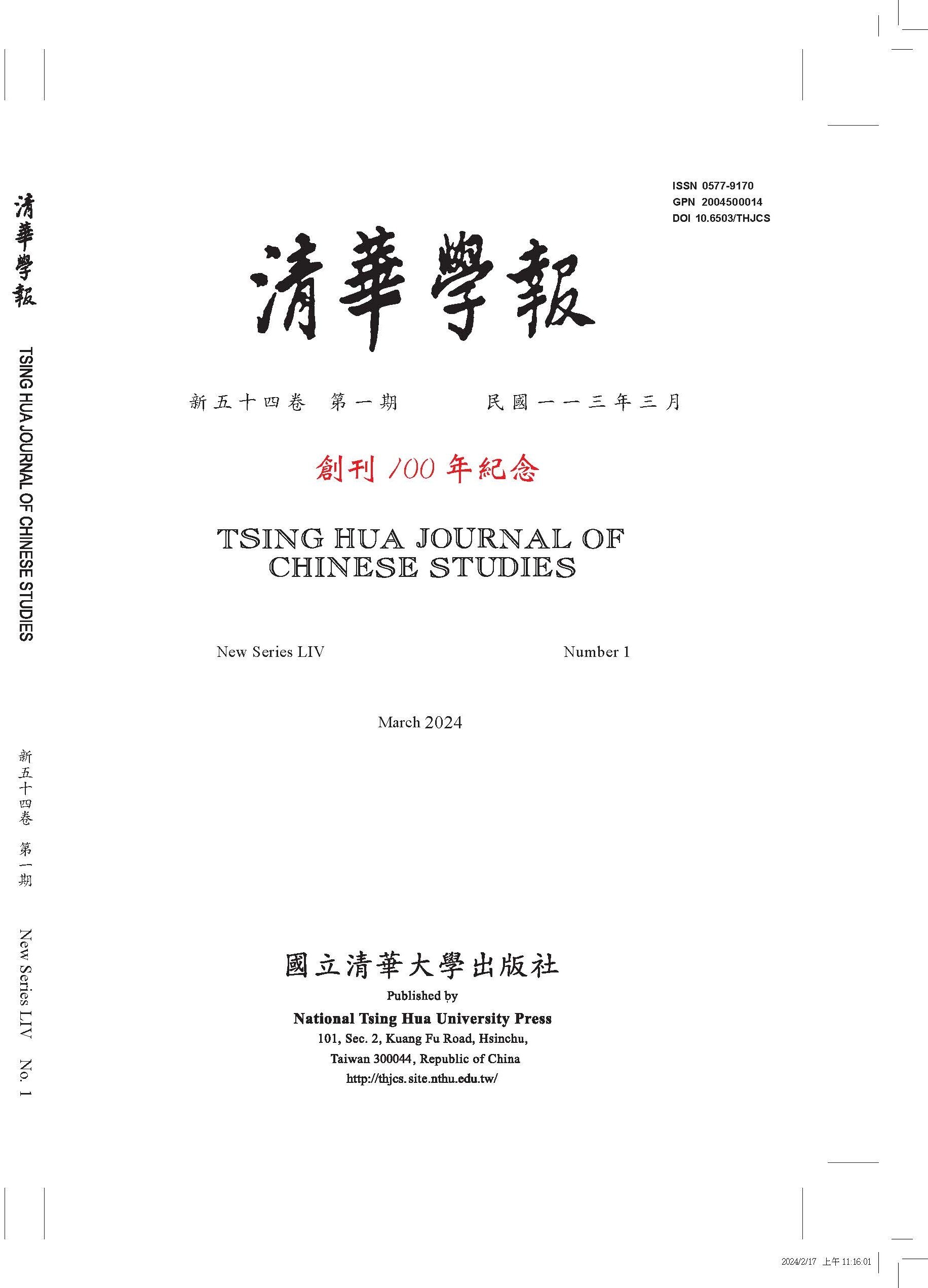Yongming Poetics and the Shaping of the Sound-Environment in Five-Character Poetry
Vol. 45 No. 1 03/2015
|
Title |
Yongming Poetics and the Shaping of the Sound-Environment in Five-Character Poetry |
|
Author |
Tsai, Yu |
|
Genre |
Article |
|
Pages |
35-72 |
|
Download |
|
|
Language |
Chinese |
|
Key words |
Yongming Style poetry, poetics, five-character poetry, soundenvironment, tonal prosody, four tones |
|
Abstract |
This paper focuses on the birth of Yongming 永明 Style poetry in the Southern Qi 南齊 Dynasty, drawing on cultural background to re-examine its significance in the history of Chinese poetry. The Yongming Style heralded a revolution in poetry circles and is a model example of the birth of a new poetics. Yongming poetics is grounded in a profound awareness of the sound of the language that cuts across the boundaries of language and literature. Its prosody developed in step with traditional Chinese phonology, its leading figures guiding the construction of systems of phonological knowledge. By comparing Chinese and Sanskrit, Yongming poets established the principles for determining pronunciation by phonological segmentation, and by chanting and reading aloud, they made observations about the musicality of the language itself. The decomposability of phonology allowed them to grasp how to manipulate phonology in poetry, establishing verifiable rules. Poets repositioned the human voice as the starting point for the laws of phonology, emphasizing the fundamental place of language; through ‘inner listening,’ they made connections between spoken sounds and one’s inner voice. They believed that the ideal tonal prosody would be the outward manifestation of the inner voice and so advocated an aesthetics of prosody that took the sound of the inner voice as its starting point. In practice, Yongming poetics shaped an aesthetic in the sound-environment of the thenpopular five-character line form that stressed the use of alliteration and rhyme, particularly between the last characters of each line and the first two and final three characters of a line. It sparked a significant, irresistible movement for innovation in form in later poetry. |

